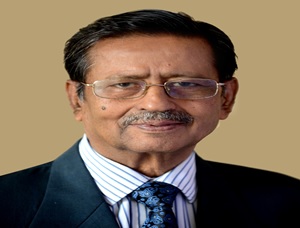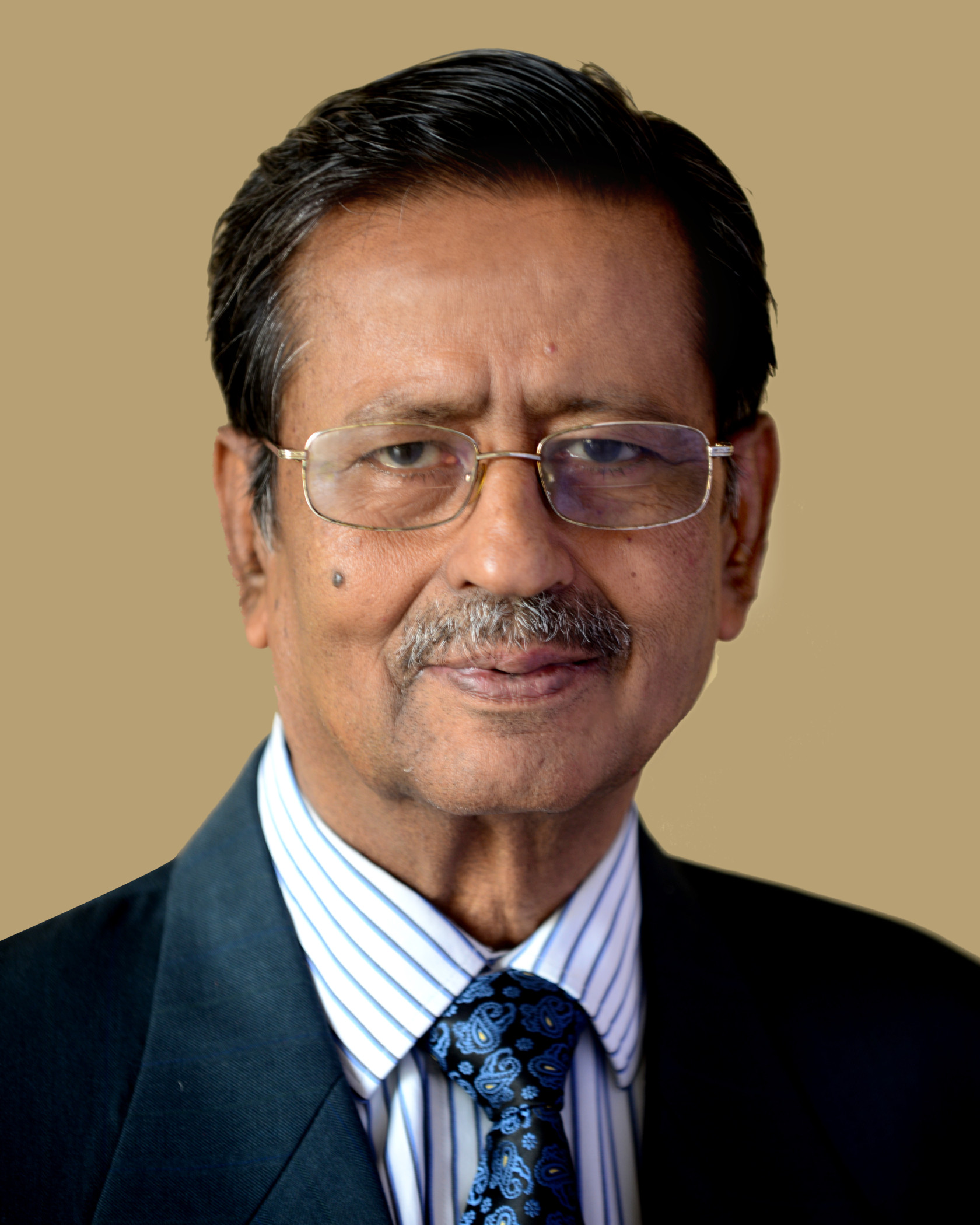
Battling Covid19: Pandemic Exposes India’s Crumbling Healthcare System


Prof. Arunaditya Sahay
Dean (Research)
Professor of Strategic Management, BIMTECH (View Full Profile)


One of my friends in Delhi had no symptoms of Covid19 but he tested positive. It was a case of asymptomatic Covid19. First, he was confused whether to go to a hospital or keep silent and self-quarantine. He finally decided to quarantine himself in his flat. He had got himself tested as he had to go to Ahmedabad; he did not want to be quarantined in Ahmedabad on his arrival there. This was the reason for his taking a proactive step and get tested for Covid19. Lo and behold, he started getting phone calls from representatives of the Delhi government continuously. The caller was all the time asking whether he knew that he was corona-positive. Later, the phone callers changed their theme and started asking him to immediately shift to a COVID hospital and that an ambulance was coming to fetch him but when he asked as to which hospital he will be taken to, there was no answer.
Under the circumstance, he did not want to move out of his flat as he was scared that the ambulance will move him from one hospital to the other but none of them will admit on either of the plea; that there was no Corona bed available or that he did not belong to Delhi. He was wondering that the chief minister and health minister are advising no testing of asymptomatic persons. This situation is not only in Delhi but in all metros.
Covid19 has exposed the insufficient and inefficient public healthcare system in the country. This is obvious from the tug of war between the Delhi and the Central governments. In India ‘Health’ is a state subject. Health systems and polices have a critical role in determining the manner in which health services are delivered, utilized. The healthcare management system determines the health outcomes. Despite the issuance of the guidelines by the central government, the final prerogative on implementation of the Covid19 related health initiatives, lies with the states.

India has a mixed health-care system that includes both public and private health-care service providers. Urban areas, however, have most of the private health-care providers which provide secondary and tertiary health-care services. The public health-care infrastructure in rural areas has been developed as a three-tier system based on the population norms but health has never been a priority of the government. Only recently Government of India launched ‘Ayushman Bharat’ scheme which is known as ‘Prime Minister Jan Arogya Yojana’ (PMJAY). The PMJAY provides a health shield to the poor. In addition, there are many private health and public Insurance providers in the market which provide health insurance to public at large. None of them, however, visualised a pandemic like Covid19.
Though there is no consensus between epidemiologists, most of them believe that the peak of the Covid19 epidemic may not come before July. Thus, the resilience of the Indian healthcare system has become very pressing, especially in cities like Mumbai, Delhi and Ahmedabad. According to a study by the Centre for Disease Dynamics, Economics & Policy (India) and Princeton University, Indian public hospitals have only 7,13,986 beds, including 35,699 in intensive care units and 17,850 ventilators. This is an important data as this, along with the private healthcare facility, which is limited in urban areas only, has to deal with present 2,75,413 active cases and many more in future. The infection and death figures are ever rising which are not only a cause of worry but indicate the lack of interest of the government on healthcare in developing the country as a welfare state.
Despite the second economic and military power of Asia, India lags behind its BRICS peers on the health and quality index (HAQ index). India’s National Health Profile, 2018, reveals that Indian public health spending is less than 1 per cent of the country’s GDP. This percentage is lower than some of its neighbours; Nepal, Sri Lanka and Bhutan having 1.1, 1.6 and 2.5 per cent respectively. According to the World Health Organisation, India stands at the second position from the bottom amongst the 10 countries of its region as far as the percentage spending of GDP on public health is concerned. A small country like Maldives spends 9.4 per cent of its GDP claiming the top spot in the healthcare percentage expenditure in this region.

If we consider indicators like hospital beds per 1,000 people, similar trends for India emerges. The OECD data, available for 2017, reveals that India has only 0.53 beds available per 1,000 people while Bangladesh has 0.87 beds, Chile 2.11 beds, Mexico1.38 beds, China 4.34 beds and Russia 8.05 beds. It may be mentioned here that the number of beds have practically not changed in the last four years, especially in India keeping in view the increase in population during this period. India’s budget allocation for health is still hovering around 1.2% against the target of 2.5% of the country’s budget.
The health and quality index is of great importance in assessing the state of healthcare systems. Within India different states have different HAQ. Kerala and Goa, scoring more than 60 points are the best performing states while Uttar Pradesh and Assam are the worst performing states in this respect having scored less than 40 points. Further, the gap between these highest and lowest scores, instead of decreasing has increased.
Upon comparing state populations with the number of available beds, Kerala with a population of only 3.47 crore has over 22,300 available beds in public hospitals/government medical colleges but bigger states like Gujarat and Maharashtra have only 16,375 and 6,970 beds only whereas their populations is over 7.09 and 12.49 crore respectively. These difference in hospital beds across states speak of the differing capacities to contain the virus. This may be one of main reasons for Kerala having better Covid19 control.

Earlier, most of the COVID-19 treatment was being done in public facilities. However, after unlocking, Covid19 infection is progressing faster requiring commissioning of the private sector health care services. Though states have asked for beds in private hospitals, as of now, they are handling only around 20 per cent of the workload; it is reported that they are denying treatments to the poor on one pretext or the other. This is the situation when private hospitals account for 62 per cent of the total hospital beds including ICU beds; they account for nearly 56 per cent of the ventilators.
In this regard, Bihar seems to be the worst affected where private health sector having nearly twice the bed capacity of public facilities has withdrawn from providing services to Covid19 patients. In such a situation, some of the state governments have taken control of some of the private hospitals.
This has been possible because the central government has invoked the National Disaster Management Act of 2005, which empowers the state authorities to take over the management of private hospital.
Maharashtra, which has highest number of Covid19 patients, has taken control of 80 per cent of all private hospitals’ beds in the state till August 31. The government has fixed the rates for hospital beds; it is Rs 4,000 per day in the case of simple ward and isolation beds, Rs 7,500 per day for ICU beds without ventilator and Rs 9,000 per bed with ventilator. The Delhi government has asked 117 private hospitals to allocate 20 per cent of beds for Covid19 patients. The private hospitals, in turn, have demanded the payment of crores of dues that Union and state governments owe to them for treating patients under the Central Government Health Scheme (CGHS) and the Ex-servicemen Contributory Health Scheme (ECHS).

Be that as it may, one of the necessary steps to be taken is to increase testing rapidly; this is how many other countries have flattened the infection curve. As it is, India continues to test less than it should but the state of Delhi came out with an argument that there should be lesser testing. It is interesting that the Supreme Court had intervened in the matter and ruled on April 8 that private labs should conduct free testing. The decision, however, was modified five days later when it fixed the rate of one of the most dependable tests at Rs. 4,500. Courts have intervened in other countries as well but many of them are making a comeback from Covid19 crisis. In India, it is increasing on account of the lack of public health facility.

The matter should be debated for the long term but immediate investments are needed to tone up public health service. Beyond investments, the civil society has to play its role, mainly by bringing behavioural change in the society to fight Covid19.
#Covid19
